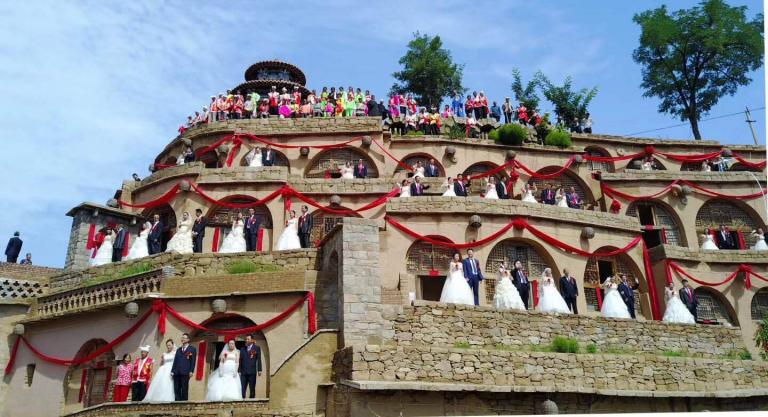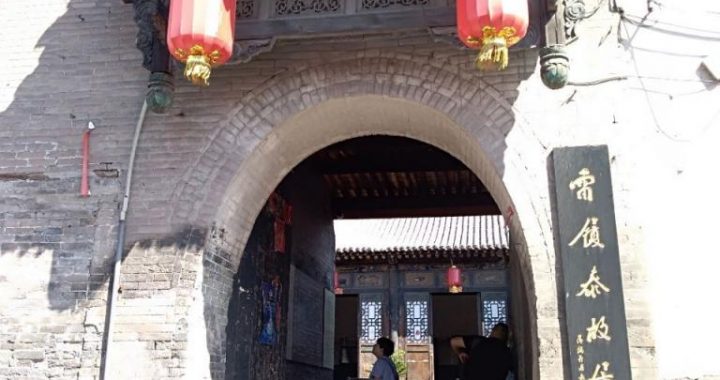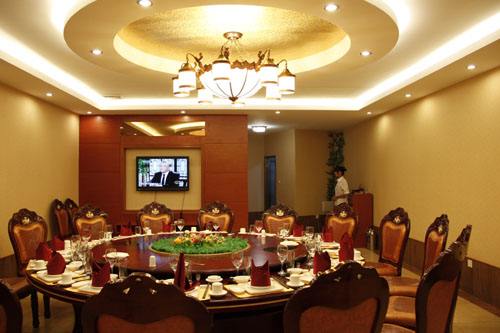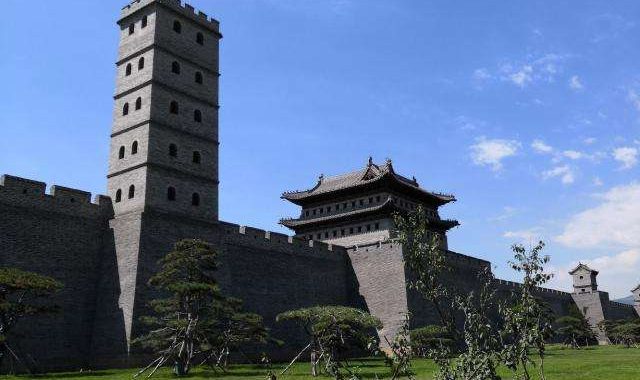Northern Shaanxi: Simple yet Precise village Marriage Ceremony
3 min readNorthern Shaanxi boys are called lads and girls are called daughters before they marry and called man and wife afterwards. When a girl reaches the age of l7 or 18 her famil finds someone for her (called a boyfriend). They don’ t place much importance on how much money the family has or how much property they own, concentrating more on whether or notthe potential boy friend is sincere and truly ready to make progress. the meeting of the rl and boy is fairly simple and the couple only makes sure they are compatible, placing more emphasis on whether or not they can live together happily rather than how well they can carry out house chores.
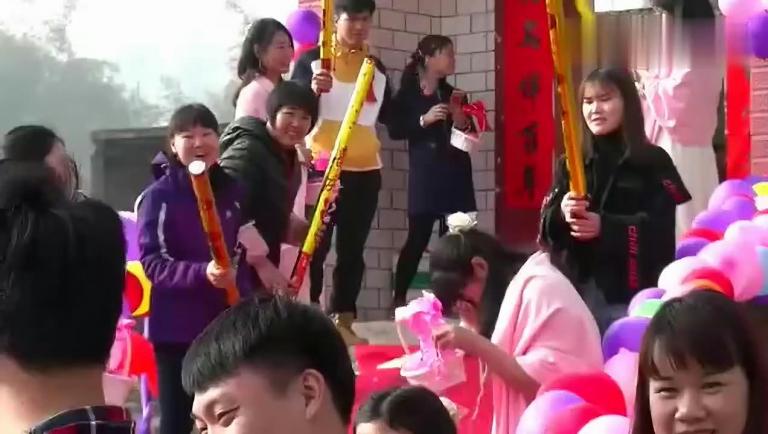
The engagement ceremony takes place in the mans home. The ceremony is fairly simple The woman s family sends a senior member of the family, usually the bride’ s father, to go with the bride and participate in the ceremony. The man’s family does not put on a grandaffair. They only invite a few close relatives, such as aunts, uncles and sisters of the groom, plus a few good friends of the groom to participate. After the two sides greet each other they sit down for a noon banquet, the groom’ s family present gifts to the bride s family and the ceremony is considered finished.
Marriages in northern Shaanxi usually take place in the winter, when the year farm work is over and people have more spare time. In some other areas where transportation is difficult and economic conditions are poor, vegetables, meat, fish and fowl do not spoil easily and can be kept for a long time.
The marriage ceremony takes three days to complete and is divided into two parts, the process of the girl leaving home to get married and the boy going to pick up his new bride. The length of the marriage ceremony is determined by a certain number of meal.
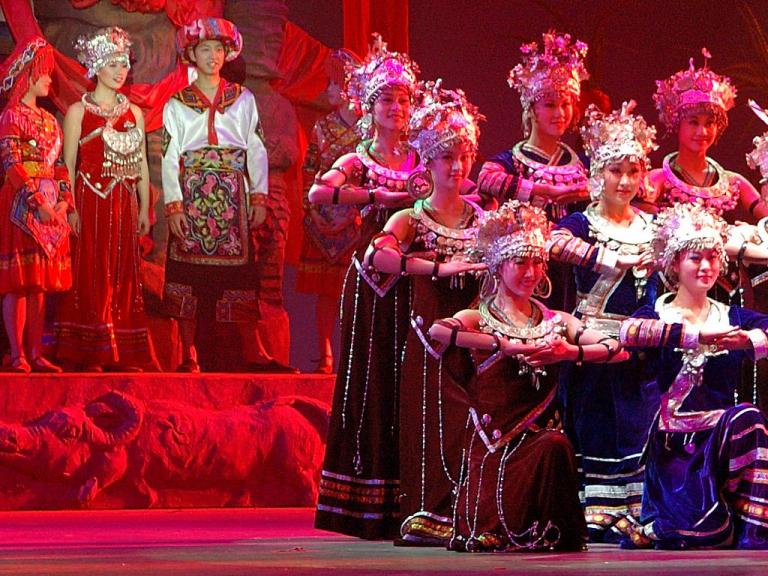
Before the marriage ceremony, the man’ s family goes to the home of the woman to talk to the head of her family and formally request her hand in marriage. Sometimes the woman’s family may invite the man’s family to come and ask for the marriage, usually because the woman is old enough. To avoid the occurrence of any problems, they invite the man to take the woman away to marry her. After the two parties come to an agreement, the man goes home to select an auspicious date and make preparations before formally marrying the woman two days before the selected date for the ceremony, the woman begins the process of leaving home to get married. On this day the woman leaves her home to live in someone else s home fairly far away from her own and cannot return or receive food from home. This is called leaving the house, meaning leaving her family s home. In the evening a relative of the groom comes to give her clothing, ornaments and some daily necessities. On the second day the bride puts on the clothing and ornaments, and gets dressed from head to foot in preparation for the groom s representatives to come for her.
The man s family usually sends 4 to 6 members as representatives to pick up the bride An older relative of the groom, usually an uncle, represents the groom’s family in communicating with the bride s family and handling financial matters and miscellaneou tasks. One is the advance party, usually an uncle of the groom, who is responsible for communicating the good news to the groom’s family. Sometimes the grooms family will send a band to serenade the bride. The marriage scene is very lively, with blaring suonas ks and many happy faces as the representatives of the groom distribute candy and cigarettes to the guests.
Before transportation conditions improved, the groom would lead a mule ridden by the bride while everyone else walked. Later it was changed to four representatives of the groom carrying the bride in a sedan chair. With improved economic conditions, the bride is usually picked up in a well-decorated automobile, and the car used has become more and more upscale.
